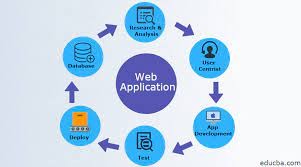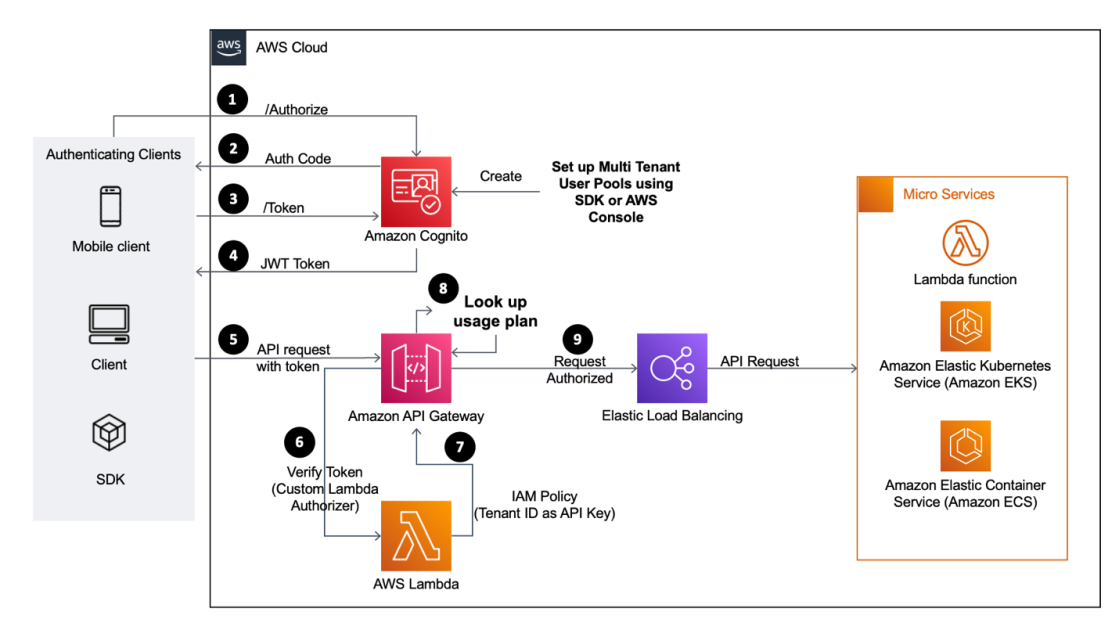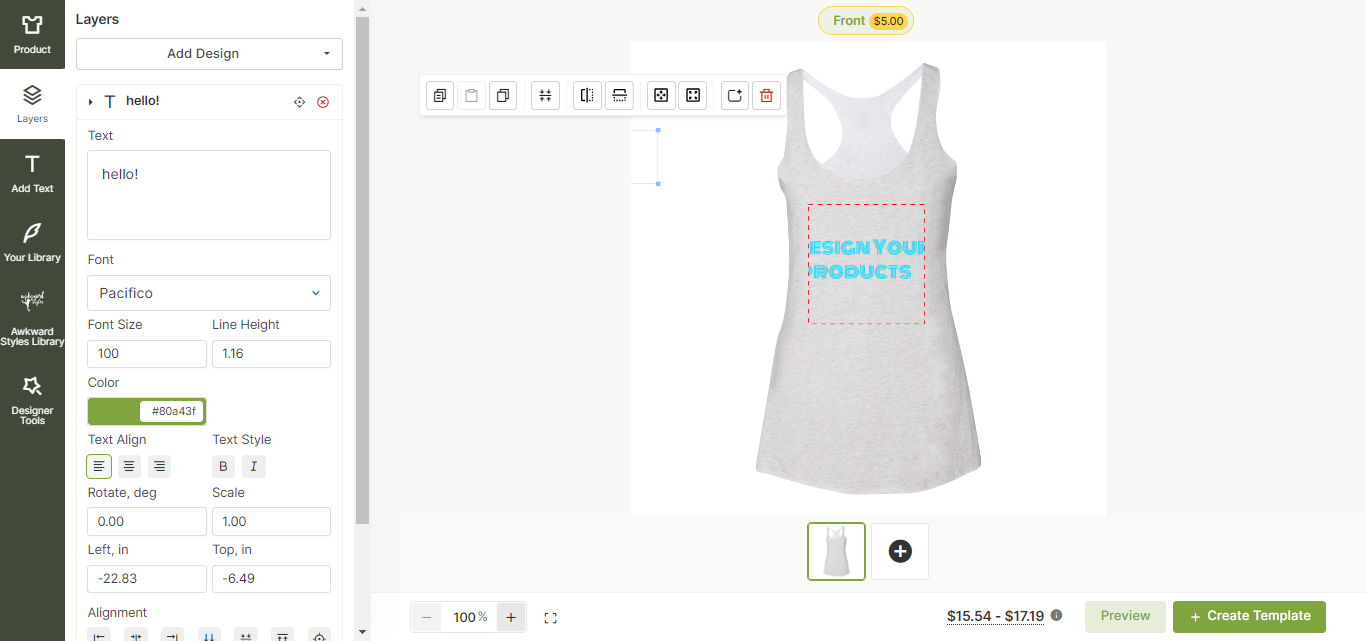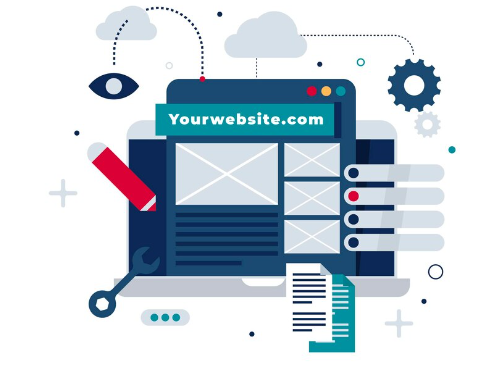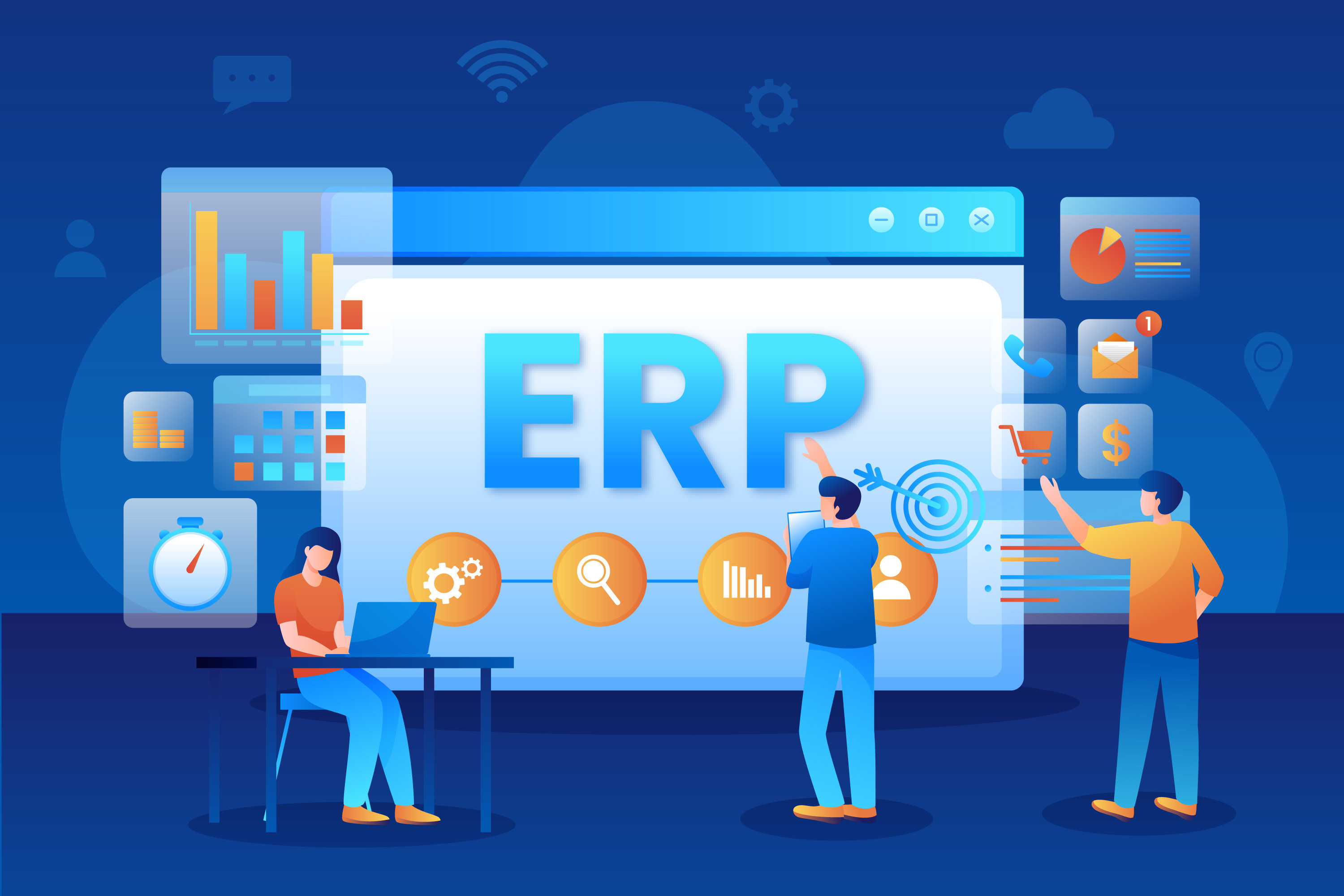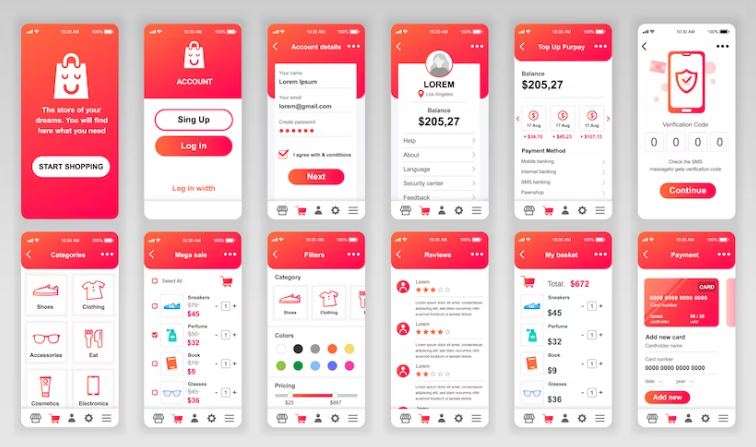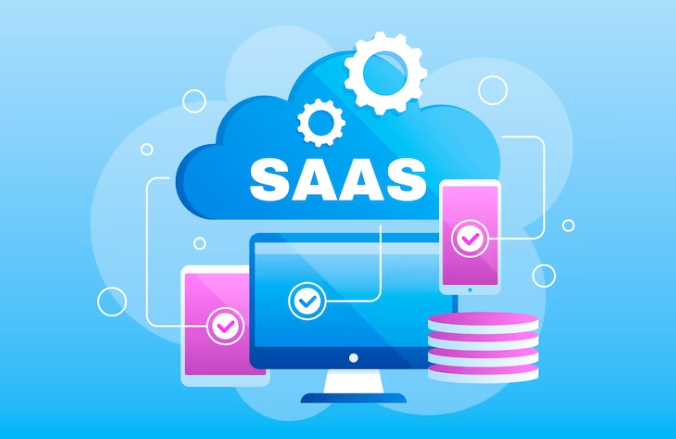
Create an saas web application
Creating a SaaS (Software as a Service) web application is an extensive process that involves various stages from conception to launch. Here's a high-level guide to help you get started:
Conceptualization:
Identify Your Niche: Determine the market need your SaaS will address.
Define Your Value Proposition: Clearly understand how your SaaS will benefit users.
Research Competition: Analyze competitive products to find your edge.
Planning:
- Business Model: Decide on your pricing strategy and how you will charge (subscription-based, freemium, etc.).
- Project Scope: Create a detailed project plan outlining features, project timeline, and milestones.
- Technology Stack: Choose the appropriate technologies for both frontend and backend development.
- Design and User Experience: Plan the user interface and user experience (UI/UX).
Development:
- Setup Development Environment: Initialize your development environment with the chosen tech stack.
- Develop MVP (Minimum Viable Product): Build out the core features that solve the main problem for your users.
- Integrate Third-Party Services: As needed, integrate other services like payment gateways, email services, analytics, etc.
Testing:
- Unit Testing: Write tests for individual components.
- Integration Testing: Test the interaction between different parts of the application.
- User Testing: Conduct usability testing to gather feedback and refine the UI/UX.
Security:
- Implement Best Practices: Secure user data using encryption, data sanitization, and proper authentication and authorization mechanisms.
- Compliance: Ensure your web app complies with regulations applicable to your industry, like GDPR, HIPAA, etc.
Deployment:
- Choose a Hosting Platform: Select a cloud hosting provider like AWS, Google Cloud, or Azure.
- Set Up CI/CD Pipeline: Automate your deployment with continuous integration/continuous deployment tools.
- Monitor: Implement monitoring tools to track performance, uptime, and errors.
Launch:
- Soft Launch: Launch to a limited audience or beta testers.
- Iterate Based on Feedback: Make necessary changes based on initial user feedback.
- Marketing and Sales: Develop a marketing strategy to attract users.
- Official Launch: Announce the general availability of your SaaS product.
Post-Launch:
- Customer Support: Establish support channels for users.
- Continuous Improvement: Regularly update the product with new features and improvements.
- Scale: Optimize your infrastructure to handle growing user base and data.
Starting a SaaS company involves not just software development but also understanding the market, legal considerations, financial planning, marketing strategy, sales, and customer support. Each of these points can be expanded into more detailed tasks and sub-tasks.
Would you like to focus on any specific stage or aspect of creating a SaaS application? Are there specific challenges or questions you have concerning your project?


